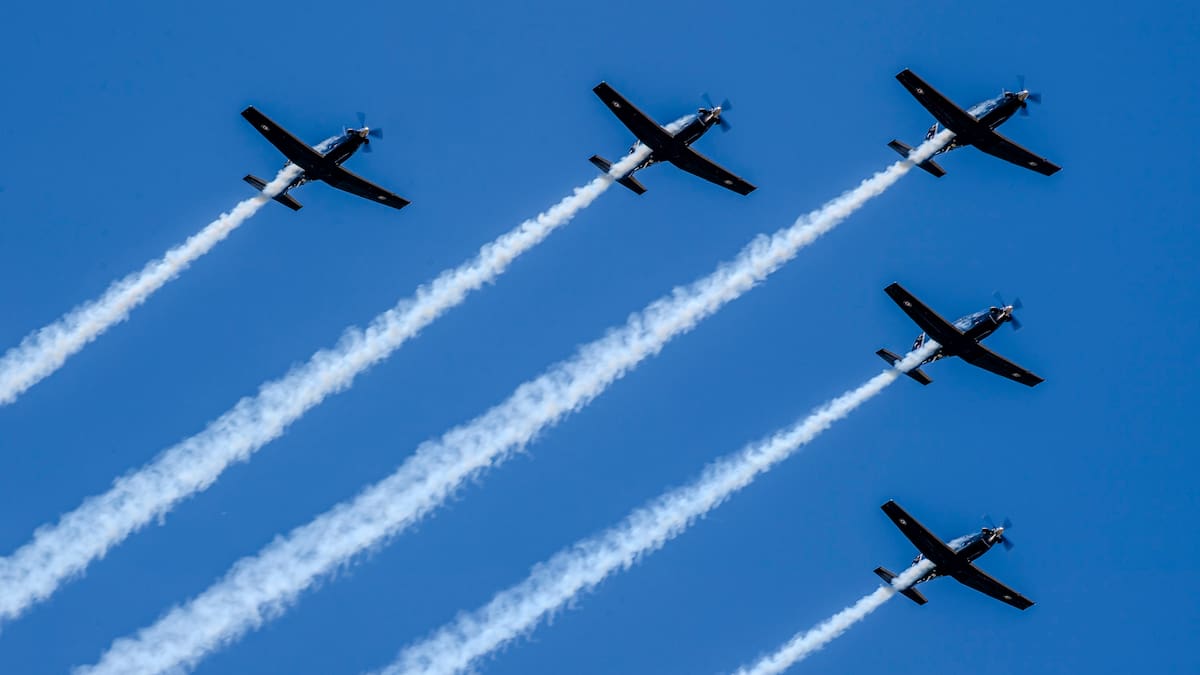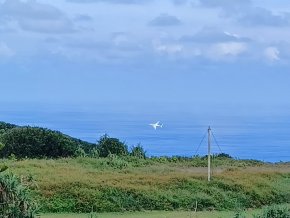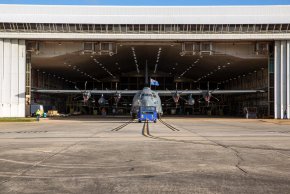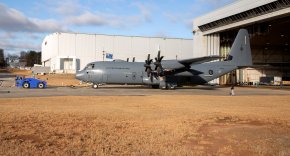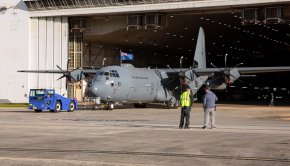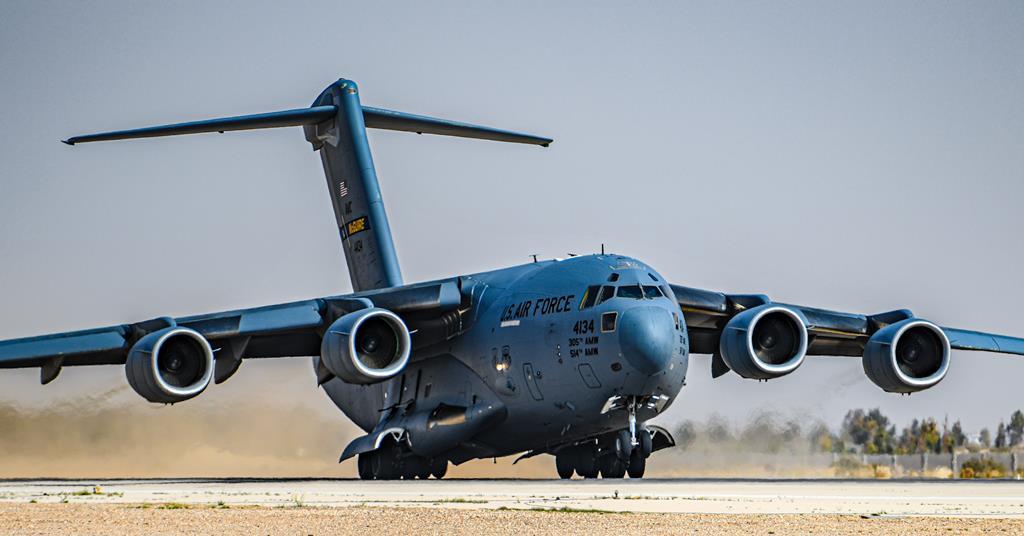The RNZAF C-130H(NZ) disposal Request For Proposals (RFP) has been released. The RFP opened on Friday, 1 March 2024 3:00 PM (Pacific/Auckland UTC+13:00) and closes on Friday, 31 May 2024 12:00 PM (Pacific/Auckland UTC+12:00). It states that the New Zealand Defence Force seeks proposals from parties interested in the purchase of four (4) retired C-130H(NZ) aircraft and associated items (or part thereof). The following details are copied in full from the Technical Description sheet of the RFP.
NZ7001 is the aircraft being retained for display; 03 has been broken up for spares, and 04 was retired in December of 2023.
"C-130H (NZ) Technical Description
The C-130H has been in service with the RNZAF since 1965 and is due to be retired and replaced by five C-130J aircraft by early 2025.
One aircraft (NZ7001) has been allocated to the Air Force for display whilst four remaining aircraft NZ7002, NZ7003, NZ7004 and NZ7005 are offered for sale along with a limited number of C-130H spares, a Part Task Trainer, T56-15 Engine stands and related publications and technical data (Please note that the NZDF utilises SAP Plant Maintenance and digital authorities as its airworthiness system and so maintain very limited hard copy records).
NZ7003 has been used a spares source since early 2023 so is incomplete without engines. NZ7004 was retired in December 2023 and remains basically complete - but noting the NZDF continues to operate the C-130H fleet so spares location and serviceability will vary.
With effect 01 Mar 24 NZ7001, NZ7002, NZ7005 remain in service.
A Life Extension Programme on the fleet completed in 2017 was extremely comprehensive, both to the airframe and the avionics. The airframe was significantly refurbished, including replacing the centre wing section and adding a Fatigue Analysis Monitoring System (FAMS). 98% of the wiring has been replaced and with over 85km worth of wiring added. The most dramatic feature of the upgrade was a new Glass Cockpit with moving map display, and modern Avionics Management System. The avionics additions are extensive, and include an Upgraded Radar Altimeter, new Traffic Collision Avoidance System (TCAS II), and Enhanced Ground Proximity Warning System (EGPWS) for terrain avoidance. The aircraft’s navigation capabilities have been enhanced with the addition of a Twin Honeywell Embedded Global Positioning System and Inertial Navigation System, which gives the aircrew Required Navigation Performance (RNP) 0.3 approach capability.
Other new aircraft systems included addition of a Caution Advisory Warning system (CAWS), a Digital Engine Instrument Display System, Digital Fuel Quantity Indicating System, a Flight Data Recorder, a new Internal Communications System, upgraded Air Conditioning and Pressurisation system with a rapid cooling capability, and of course, an upgraded electrical system to cope with the new avionics.
Please note the APN-241 Radar has been removed for use on the new C-130J fleet and a number of military systems such as the Missile Warning System and secure communications are also not part of the offering.
Avionics Management System Software Assurance Status
The C-130H (NZ) Avionics Management System (AMS) provides primary flight information and contains the computational software for flight management functions. An NZDF Supplemental Type Certificate (STC) was issued by the NZDF Airworthiness Authority with the knowledge, understanding and acceptance that the AMS does not meet an applicable airworthiness software design standard.
The NZDF has operational procedures, training, publications, limitations and an airworthiness system, in place, to mitigate the risk of operating uncertified software to a level that is considered acceptable, by NZDF, for the remaining time the aircraft is expected to be in service. If the aircraft were sold and operated the software would not be supported by the NZDF.
Bespoke and Unsupported Publications
The NZDF made a decision, several decades ago, to create bespoke C-130H (NZ) flight and aircraft level maintenance publications and its own maintenance program. Whilst both the maintenance program and publications are based on USAF and Lockheed Martin publications, the data inside the publications are no longer linked to their aircraft-level publication suite. Further deviation has occurred through the embodiment of the AMS and the LEP structural changes; alignment with OEM data is only maintained at the component level. Consequently, the configuration of the RNZAF publications suite and aircraft, at an aircraft level, is now unique to the NZDF and heavily reliant on NZDF corporate knowledge. If the aircraft were sold and operated those publications would not be supported by the NZDF."
It has been suggested elsewhere that we donate these aircraft to Ukraine but given the technical data above I don't think that it would be a wise move because of all the bespoke stuff on the aircraft.



